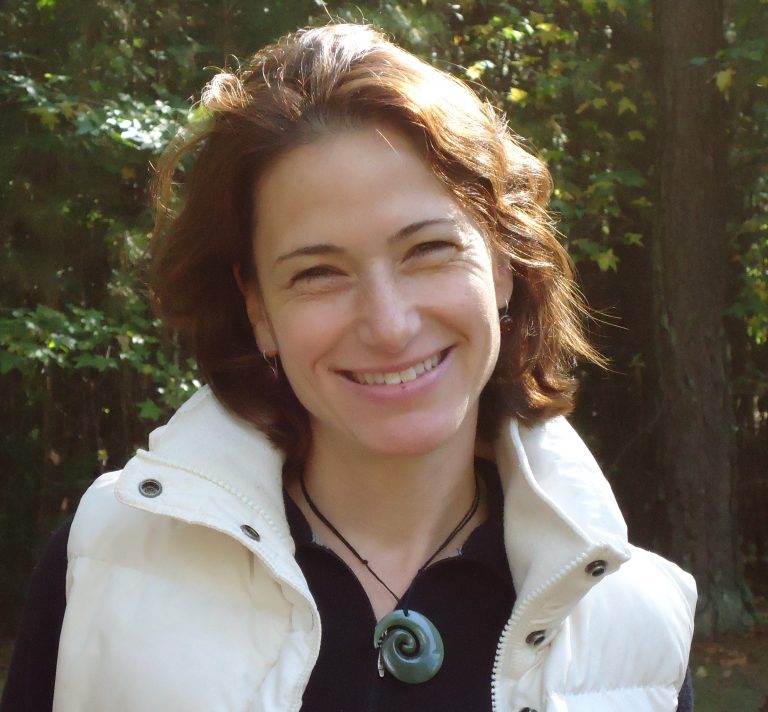To provide observations and information on the emerging fields of landscape scale conservation, heritage preservation, and sustainable community development.
Newsletter
Stay up-to-date with the latest nature, culture and community news.
We won’t spam you or share your information. Newsletters are sent approximately 10 times a year. Unsubscribe at any time.
1981 and 2017: What Can We Learn?
Flagging Sites of Universal Value

Registration open for Pennsylvania Conservation Landscapes: A Story of Success at Scale
Please join the Living Landscape Observer on April 1, 2022 from 1:00pm to 1:45pm for a moderated discussion with Cindy Dunn, Secretary of the Pennsylvania Department of Conservation. Learn about the Pennsylvania Conservation Landscapes Program. Register now.

Charting an Uncertain Future for National Heritage Areas
The National Park Service Advisory Board released Charting a Future for National Heritage Areas in 2007. What progress has been made on the report’s recommendations over the past sixteen years.

2021 – What You Were Reading
This year, our most popular stories were a mix of old and new. Readers gained inspiration from posts that reflected on the past, while also reading stories calling for action in the present and future.

Stories That Captured Your Attention
In 2020, it often seemed as if each day held a year’s worth of headlines. As a result, stories that might have merited front page coverage in the recent past managed to escape significant media and public scrutiny. Our most popular post of 2020, “While We Were Not Watching,” tried to capture some of these missing narratives, especially as they related to the protection (or lack thereof) of large landscapes. More hopeful writings on the potential for large landscape conservation to aid in economic revitalization or contribute to the practice of interpretation and storytelling, also garnered attention over the past year.

Interview with Dr. Marcy Rockman
Interested in learning more about the intersection of climate change and cultural resource management? Read our interview with Dr. Marcy Rockman, an archaeologist with experience in national and international climate change policy. Dr. Rockman is currently working with the International Council on Monuments and Sites (ICOMOS) as Scientific Coordinator for a project to improve incorporation of heritage in reports of the Intergovernmental Panel on Climate Change (IPCC). From 2011 – 2018, she served as the U.S. National Park Service (NPS) Climate Change Adaptation Coordinator for Cultural Resources.

Registration open for Pennsylvania Conservation Landscapes: A Story of Success at Scale
Please join the Living Landscape Observer on April 1, 2022 from 1:00pm to 1:45pm for a moderated discussion with Cindy Dunn, Secretary of the Pennsylvania Department of Conservation. Learn about the Pennsylvania Conservation Landscapes Program. Register now.

Charting an Uncertain Future for National Heritage Areas
The National Park Service Advisory Board released Charting a Future for National Heritage Areas in 2007. What progress has been made on the report’s recommendations over the past sixteen years.

2021 – What You Were Reading
This year, our most popular stories were a mix of old and new. Readers gained inspiration from posts that reflected on the past, while also reading stories calling for action in the present and future.

Stories That Captured Your Attention
In 2020, it often seemed as if each day held a year’s worth of headlines. As a result, stories that might have merited front page coverage in the recent past managed to escape significant media and public scrutiny. Our most popular post of 2020, “While We Were Not Watching,” tried to capture some of these missing narratives, especially as they related to the protection (or lack thereof) of large landscapes. More hopeful writings on the potential for large landscape conservation to aid in economic revitalization or contribute to the practice of interpretation and storytelling, also garnered attention over the past year.

Interview with Dr. Marcy Rockman
Interested in learning more about the intersection of climate change and cultural resource management? Read our interview with Dr. Marcy Rockman, an archaeologist with experience in national and international climate change policy. Dr. Rockman is currently working with the International Council on Monuments and Sites (ICOMOS) as Scientific Coordinator for a project to improve incorporation of heritage in reports of the Intergovernmental Panel on Climate Change (IPCC). From 2011 – 2018, she served as the U.S. National Park Service (NPS) Climate Change Adaptation Coordinator for Cultural Resources.


